
Scheii Brasovului in central Romania hosted the first education institution in the Romanian space, back in 1495.

In the autumn of 1939, shortly after the hated Ribbentrop-Molotov Pact was signed by Nazi Germany and the USSR, the two totalitarian powers started to divide their spheres of occupation and influence according to the treaty.
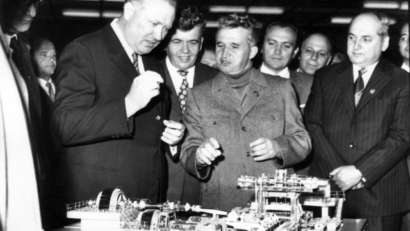
The communist regime counted on industry as the main economic sector. However, a systematic investment policy was only possible starting with the second half of the 1960s.
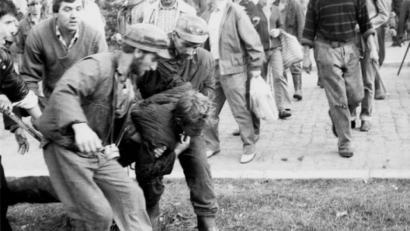
One of the most violent events in post-1989 Romania.

An outlook of the first democratic elections after the 1989 revolution

A look at the banking system in Romania after the Second World War

An outlook on the impact of Radio Free Europe in Romania

Bucharest was first documented on 20 September 1459, in a document issued by Vlad the Impalers Chancery.
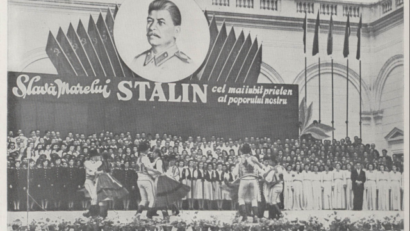
It was only after Stalins death in 1953 that Romania started its own initiatives in the region.
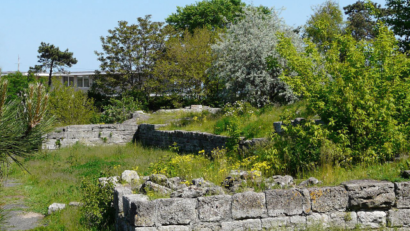
The history of the ancient Greek city of Callatis, today Mangalia, with the curator of the Callatis Museum.
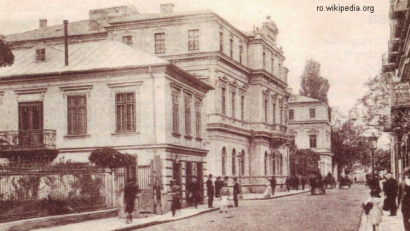
A look at historical changes in Romania in terms of the tax regime.
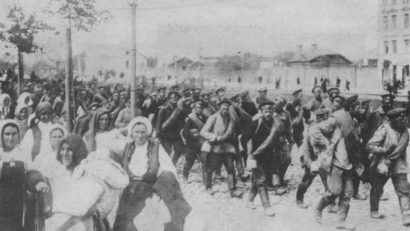
The breakout of the First World War left Romania in an awkward stance with regard to taking sides.
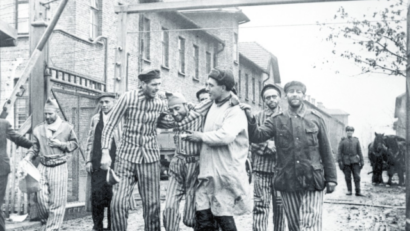
A look at the notorious death-camps from the lens of eye-witness accounts.

Anti-communist resistance in the early years of the communist regime
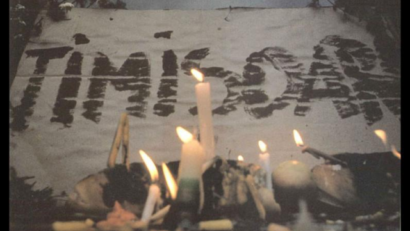
The anti-communist revolution of December 1989 remains one of the most tragic events in Romania's recent history.
